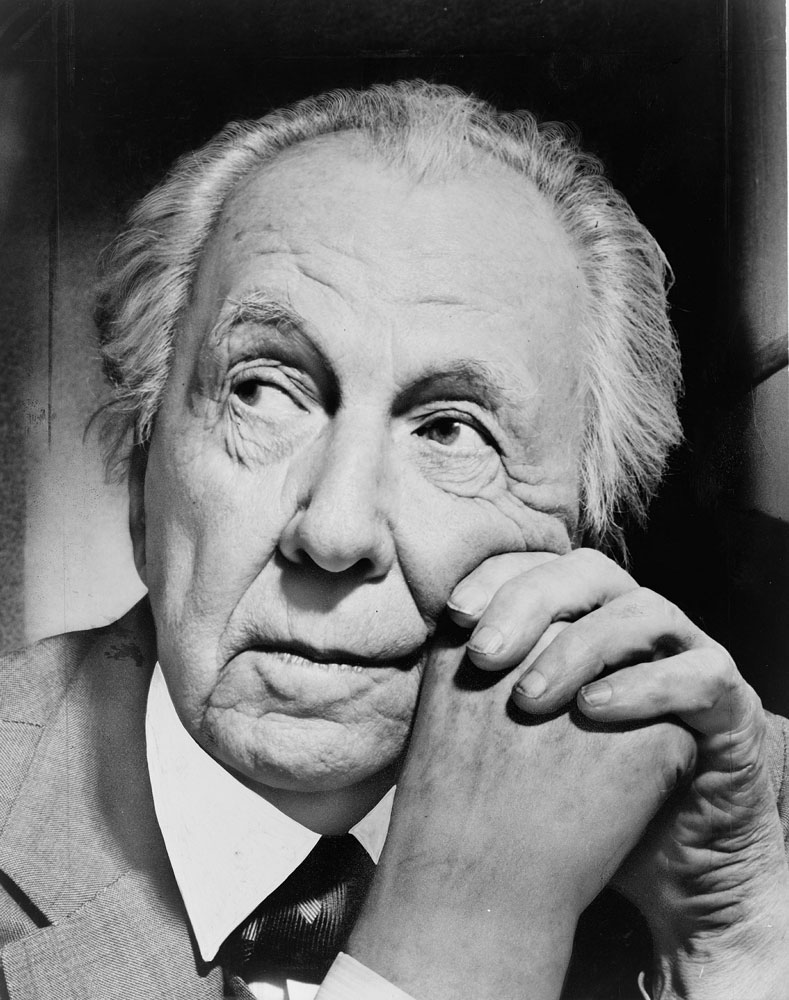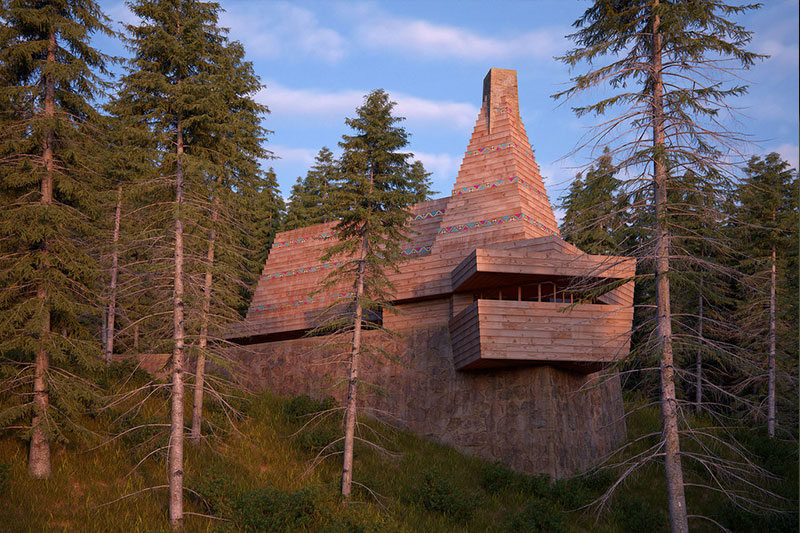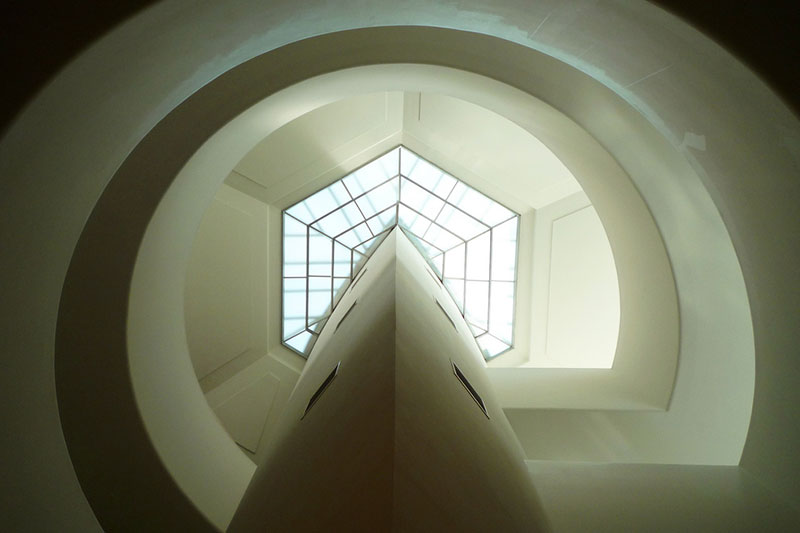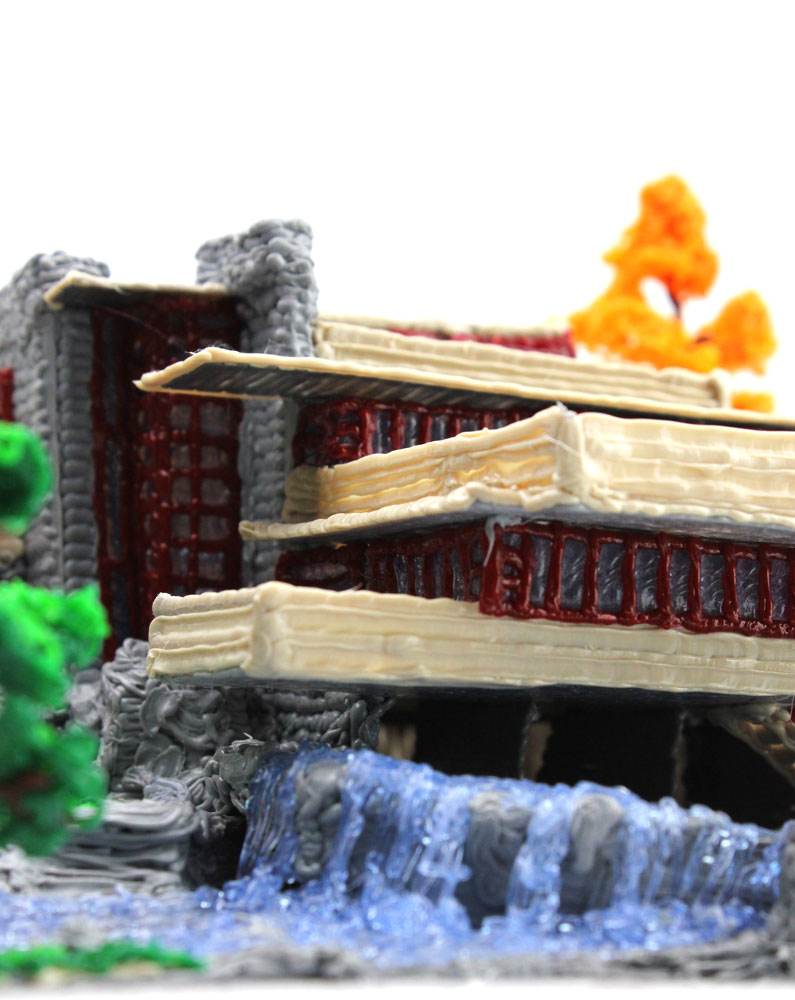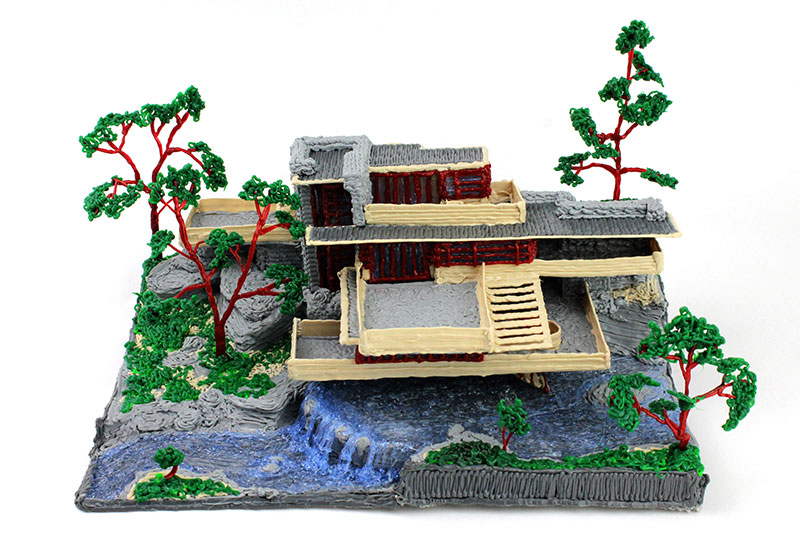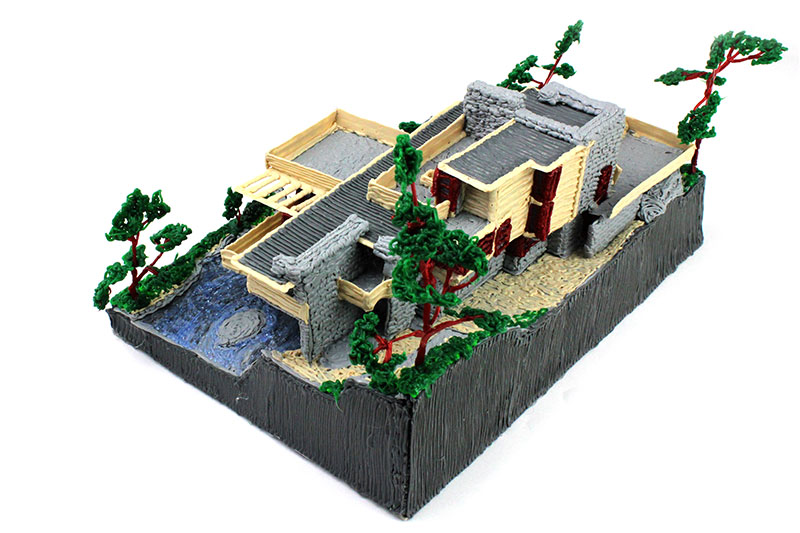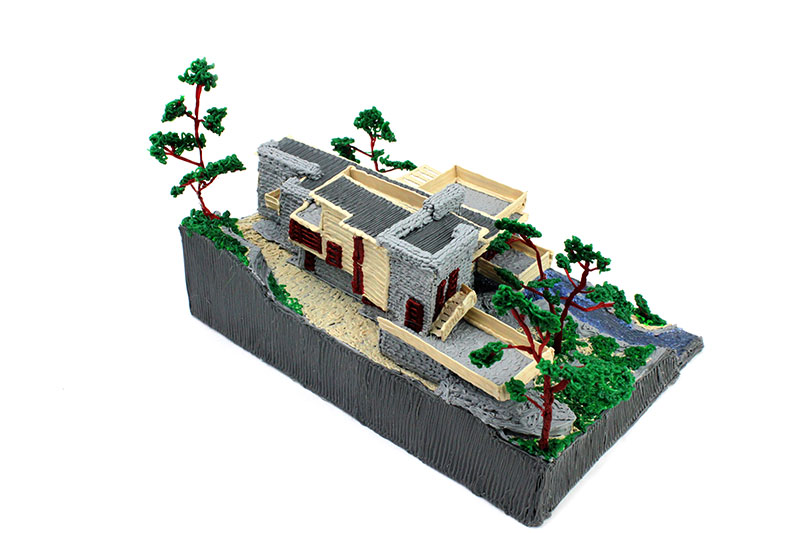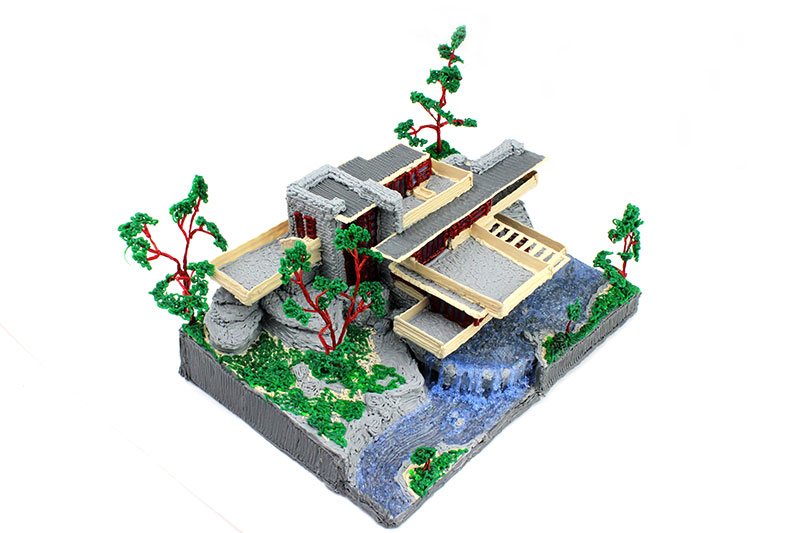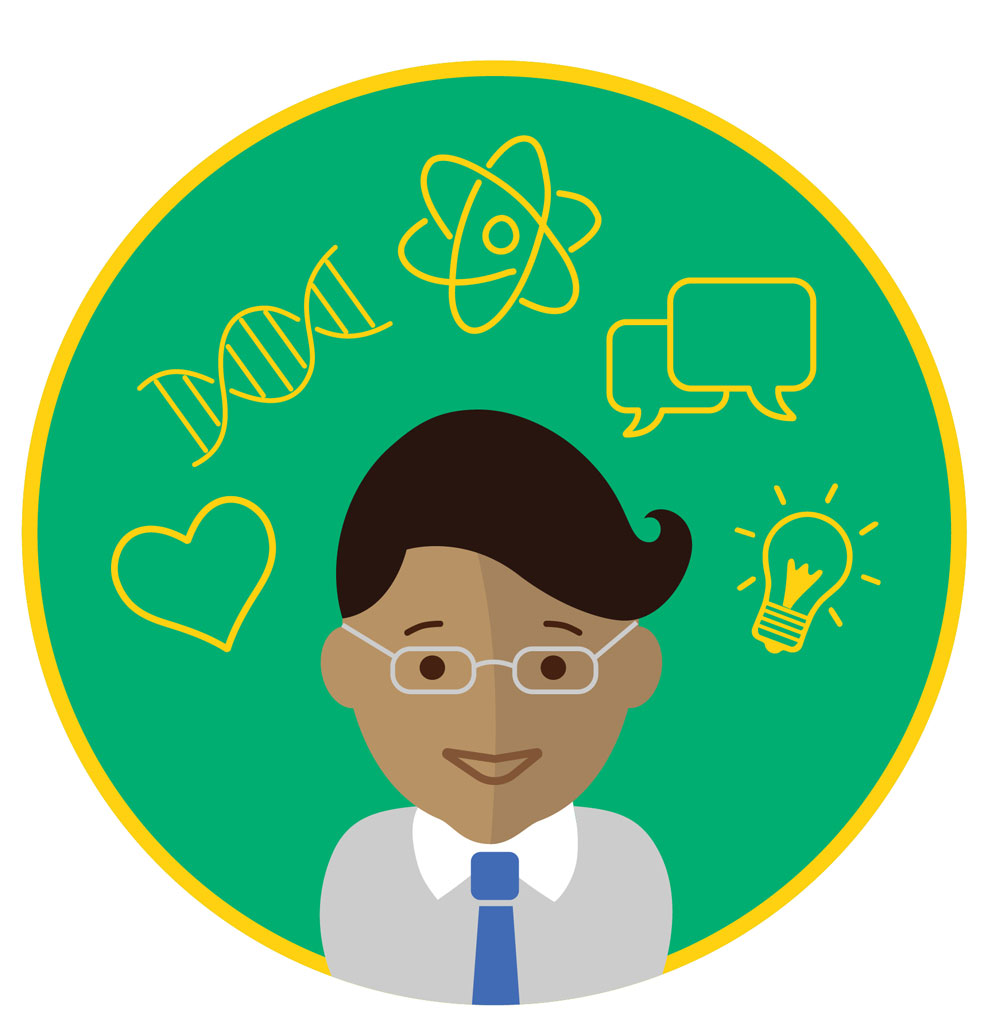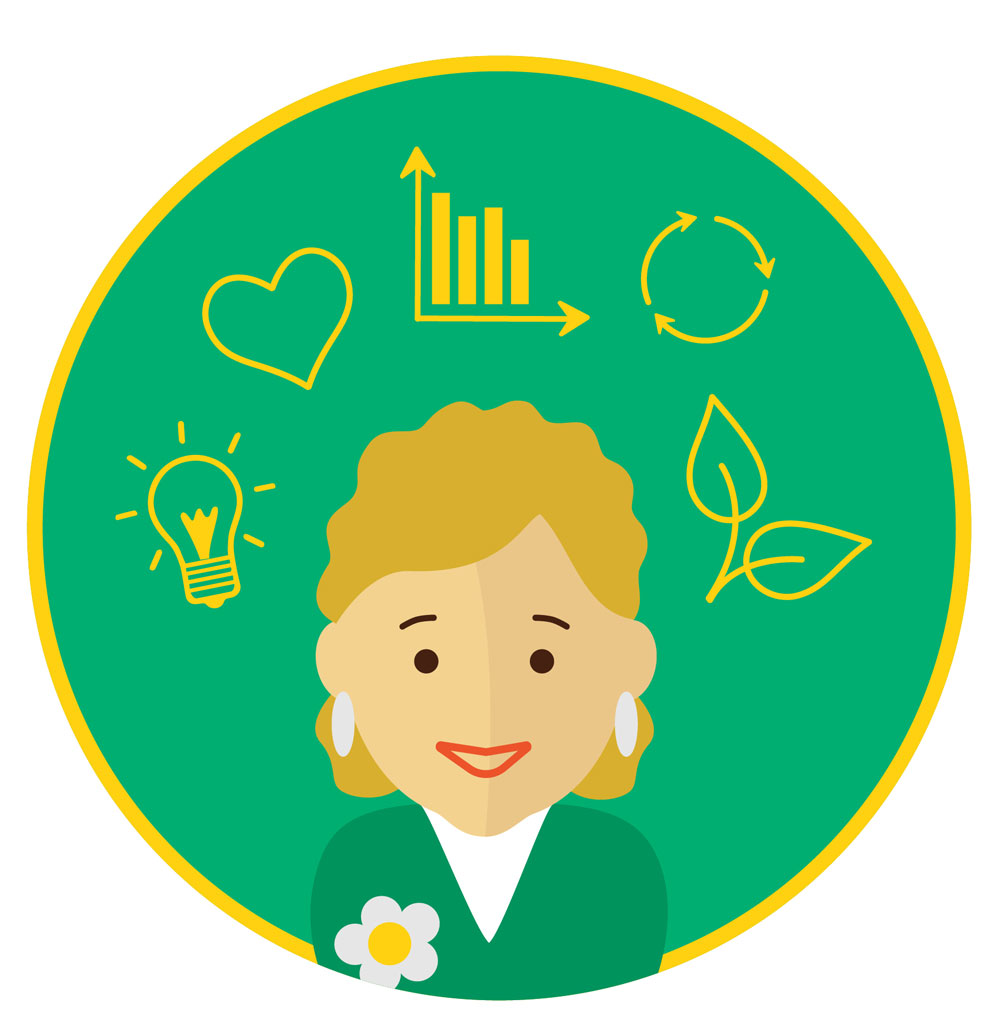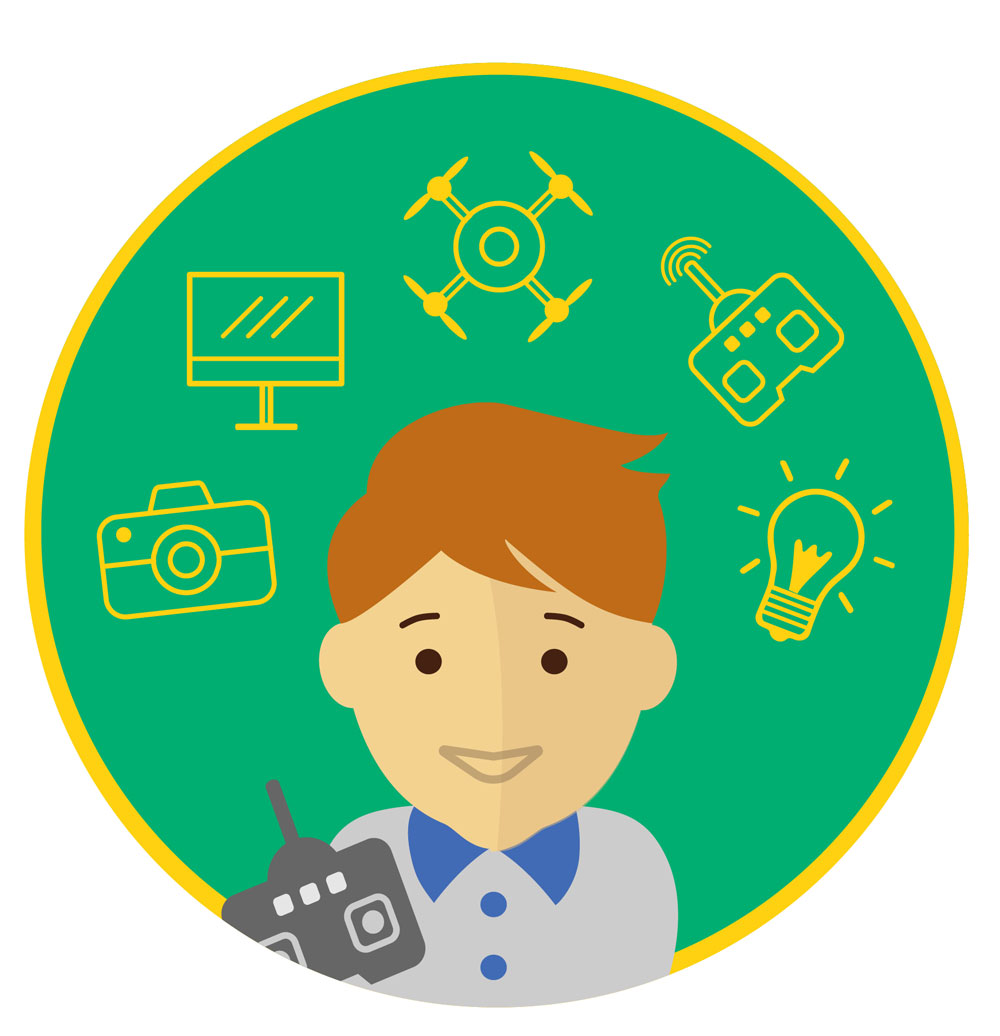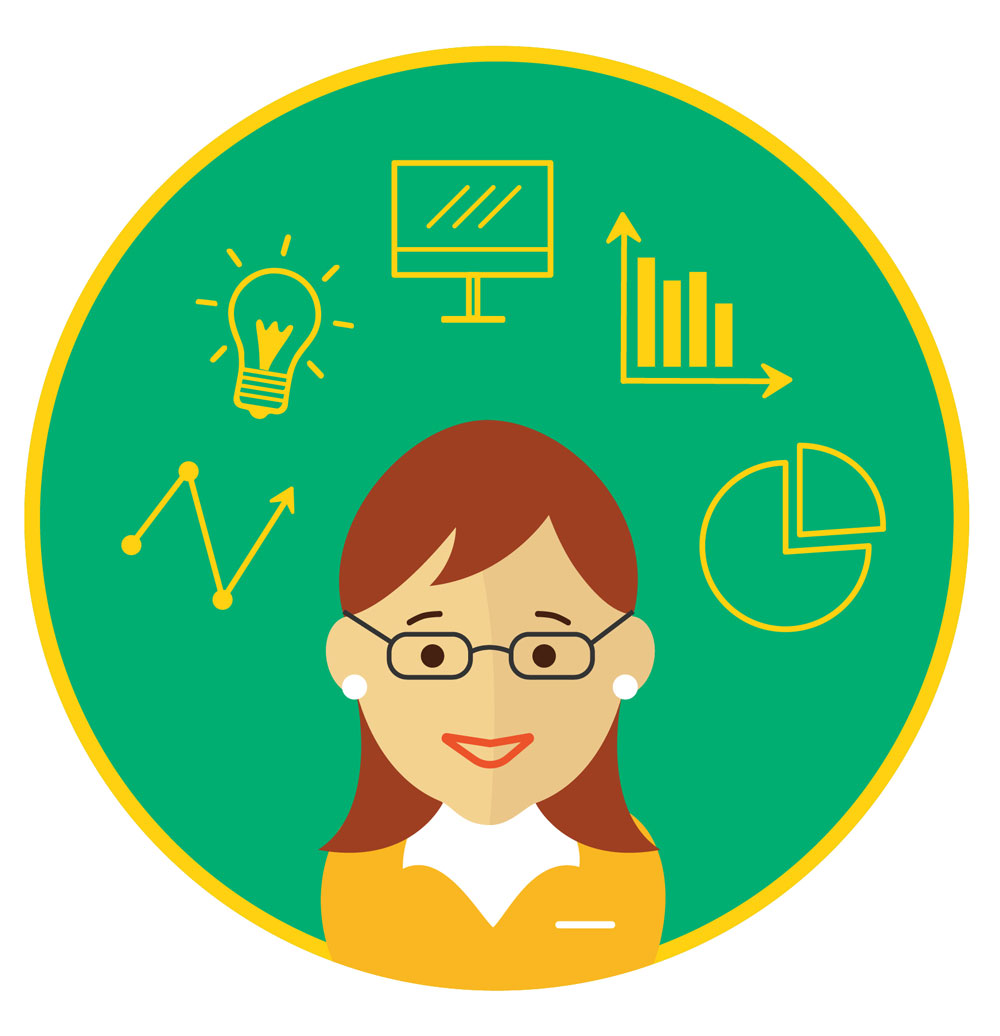Just as “an apple a day will keep the doctor away,” creating something every day can have measurable benefits.
Art may not keep the doctor away, but it can still improve your life, your motor skills, and even your mental health. We spoke to an expert about just what shape these benefits take, with a focus on what art can do for students.
An exceptionally wide variety of people can benefit from creating art, according to Dawn Gilbert Ippoliti. Ippoliti is a licensed, board certified, and registered art therapist in New York City who has been in practice since 2003. As an art therapist, she develops ways to use art with clients of all ages to achieve goals that can range from gaining insight into a client’s psychological state, to exercising their minds through engaging in a creative process. She has also engaged in art therapy with children in New York City’s public schools.
"Creativity promotes productivity while reducing stress, anxiety, depression, and really just makes you function better overall and feel better as a human being." Share
Art therapy is becoming an increasingly popular field, which Ippoliti believes is in large part due to recent research into the concept of “neuroplasticity,” the ability of the brain to reorganize itself and form new connections.
Forming new connections is critical to STEM (science, technology, engineering, and mathematics), which is gaining prominence in many education circles. With the emergence of a high-tech economy, educators are realizing the importance of emphasizing subjects that help students master and enter these new fields.

But a simple mastery of numbers is not enough to excel in many STEM jobs. This includes brand new jobs that didn’t exist 10 years ago as well as traditional ones such as engineering and programming. To truly excel not just in these fields, but in life as well, people need a healthy dose of creativity. Combining art with the more technical fields yields STEAM, a more holistic approach to preparing students for the future.
“When people engage in art making,” Ippoliti says, “they’re really tapping into the right side of their brain, they’re getting those creative juices flowing and they’re stimulating the side of the brain responsible for creation and emotion, an abstract way of thinking as opposed to the left which is more rational.”
Getting both sides of the brain working in concert, what is known as “whole brain stimulation” is very beneficial according to Ippoliti. “There is research that indicates that creativity promotes productivity while reducing stress, anxiety, depression, and really just makes you function better overall and feel better as a human being. Art therapy’s goal is to provide that stimulation.”
Ippoliti sees the 3Doodler as uniquely suited to providing that whole brain stimulation. “Using something like the dinosaur stencils on the website you can use the pen to make all the little bones and put it all together. So you’re not only being creative in terms of picking the design you want or the color that you want, you’re creating something, but then you’re putting it together like a puzzle and really engaging in whole brain thinking.”

The 3Doodler is unique in that it can provide familiarity with a high-tech material like extruded plastic while also encouraging a tactile feel that relies on an individual’s motor skills. There is extensive evidence that there are numerous benefits for children to work with art. There are obvious advantages to fine motor skills and spatial thinking, but being able to express themselves in any medium can lead to more confidence and more capacity for critical thinking.
The ability of the 3Doodler to fuse these different types of thinking is particularly valuable.
“There are some schools of thought that students should focus purely on academics,” Ippoliti says of curriculums that don’t make room for art. “These types of academics will focus purely on engaging the left side of the brain, but you need balance to really get all the benefits of a growing brain. You need the symbiosis between the two hemispheres. You need to be constantly engaging both sides of the brain to grow optimally.”
"It can be hard to figure out where to begin with a project, and the 3Doodler is great for just getting your ideas out there." Share
Beyond the extensive benefits for growing individuals, creating art of all sorts has a real value for everybody. Some research suggests that there are both psychological and physical benefits to creating art, with certain kinds yielding different therapeutic values. And one of the most significant perks of creating art is that getting the benefits is as simple as picking up a tool and getting started. That’s why Ippoliti loves the name of the 3Doodler.
“It can be hard to figure out where to begin with a project, and the 3Doodler is great for just getting your ideas out there. The name, ‘3Doodler’ means it doesn’t have to feel like you’re creating a masterpiece from the start. The name says ‘let’s just get it out there,’ and in art therapy getting the process started is often one of the most important parts.”![]()






